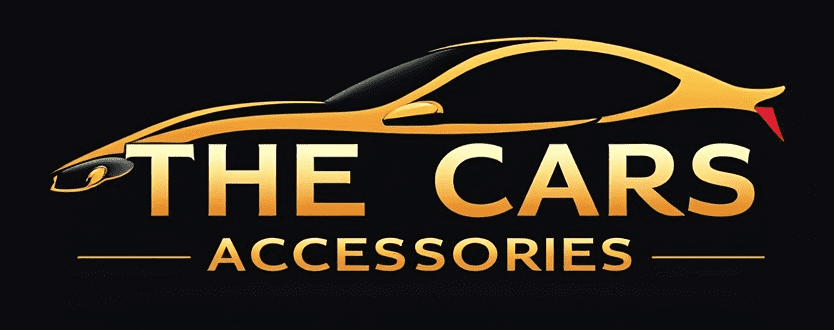Proper wheel alignment is essential for maintaining a vehicle’s performance, safety, and fuel efficiency. Misaligned wheels can lead to uneven tire wear, poor handling, and increased fuel consumption. An Alignment Machine ensures precise wheel positioning, helping both vehicle owners and automotive service providers maintain optimal performance.
What is an Alignment Machine?
An alignment machine is a specialized tool used in automotive workshops to measure and correct the angles of a vehicle’s wheels. By aligning wheels according to manufacturer specifications, these machines help improve vehicle handling, stability, and longevity of tires.
Benefits of Using an Alignment Machine
Enhanced Driving Safety
Properly aligned wheels improve vehicle stability, reducing the risk of drifting or pulling to one side. This enhances control, especially at high speeds and on rough terrains.
Extended Tire Lifespan
Wheel misalignment causes uneven tire wear, leading to frequent replacements. A well-calibrated alignment machine helps extend tire life by ensuring even wear patterns.
Better Fuel Efficiency
When wheels are misaligned, the engine has to work harder to maintain movement, increasing fuel consumption. Proper alignment reduces rolling resistance, improving gas mileage.
Smoother Driving Experience
A well-aligned vehicle drives smoothly without vibrations or jerks. This not only enhances comfort but also reduces stress on suspension components.
Prevention of Suspension Damage
Incorrect wheel alignment places extra strain on the suspension system, leading to premature wear and costly repairs. Regular alignments help maintain the suspension’s integrity.
How an Alignment Machine Works
Vehicle Positioning
The vehicle is placed on an alignment rack to ensure stability and accurate measurements.
Attaching Sensors and Cameras
Modern alignment machines use digital sensors and high-resolution cameras to capture real-time wheel angles.
Computerized Analysis
The machine compares the measured angles to manufacturer specifications and identifies misalignment issues.
Adjustments and Calibration
A technician makes precise adjustments to the camber, caster, and toe angles to restore proper alignment.
Final Inspection and Test Drive
Once the adjustments are complete, a final check ensures all parameters meet the correct specifications.
Types of Alignment Machines
3D Wheel Alignment Machines
These machines use high-resolution cameras and sophisticated software to provide precise wheel measurements. They are the most advanced option available.
Laser Alignment Machines
Using laser technology, these machines ensure accurate wheel alignment by projecting laser beams onto the wheels.
CCD (Charge-Coupled Device) Alignment Machines
Infrared cameras and sensors measure wheel angles with real-time data processing, providing high-speed and accurate diagnostics.
Choosing the Right Alignment Machine for Your Workshop
When selecting an alignment machine, consider the following:
Accuracy and Precision: Advanced machines provide highly precise measurements for optimal alignment.
Ease of Use: A user-friendly interface simplifies operation for technicians.
Speed and Efficiency: Faster alignment checks increase productivity in automotive workshops.
Compatibility: Ensure the machine can align different vehicle types, from sedans to trucks.
Durability and Reliability: Investing in a high-quality machine guarantees long-term use with minimal maintenance.
The Future of Alignment Machines
As technology advances, alignment machines are evolving to offer even more precision and efficiency. Future trends include:
AI-Powered Alignments: Artificial intelligence is improving accuracy and automating calibration processes.
Wireless Technology: Wireless sensors eliminate the need for physical connections, enhancing flexibility.
Integration with ADAS (Advanced Driver Assistance Systems): Modern alignment machines are now compatible with ADAS-equipped vehicles to ensure lane assist and automated braking systems function correctly.
Conclusion
An alignment machine is an essential tool for any auto repair shop or service center. Regular wheel alignments improve safety, extend tire lifespan, enhance fuel efficiency, and prevent costly suspension damage. Investing in high-quality alignment equipment ensures that vehicles operate smoothly and efficiently. Whether you are a workshop owner or a car enthusiast, using an alignment machine guarantees precision and performance for every vehicle.





